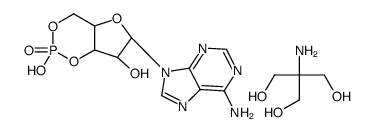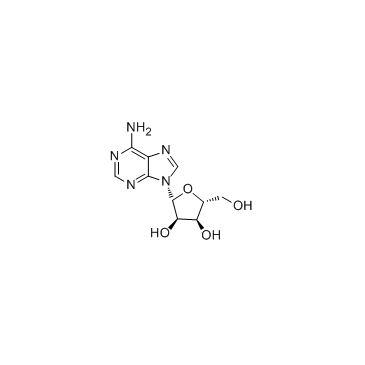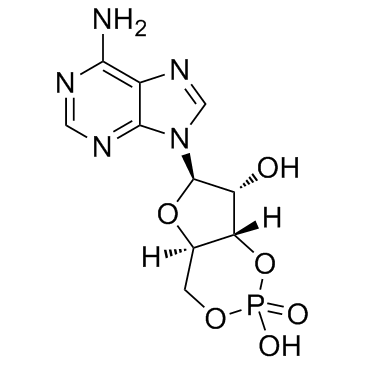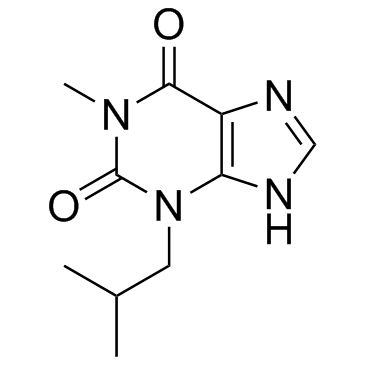| 结构式 | 名称/CAS号 | 全部文献 |
|---|---|---|
 |
5'-N-乙基酰胺基腺苷
CAS:35920-39-9 |
|
![5-(((2,5-二氧吡咯烷-1-基)氧基)羰基)-3-羰基-3H-螺-[异苯并呋喃-1,9'-氧杂蒽]-3',6'-二基 二乙酸酯 结构式](https://image.chemsrc.com/caspic/155/150206-05-6.png) |
5-(((2,5-二氧吡咯烷-1-基)氧基)羰基)-3-羰基-3H-螺-[异苯并呋喃-1,9'-氧杂蒽]-3',6'-二基 二乙酸酯
CAS:150206-05-6 |
|
 |
腺苷3',5'-环单磷酸三羟甲基氨基甲烷盐
CAS:102029-77-6 |
|
 |
腺苷
CAS:58-61-7 |
|
 |
L-1,4-二硫代苏糖醇
CAS:16096-97-2 |
|
 |
环磷酸腺苷
CAS:60-92-4 |
|
 |
3-异丁基-1-甲基黄嘌呤
CAS:28822-58-4 |
|
 |
5(6)-羧基二乙酸荧光素琥珀酰亚胺酯(CFDA)
CAS:150347-59-4 |
|
 |
4-(3-丁氧基-4-甲氧基苯基)咪唑啶-2-酮
CAS:29925-17-5 |